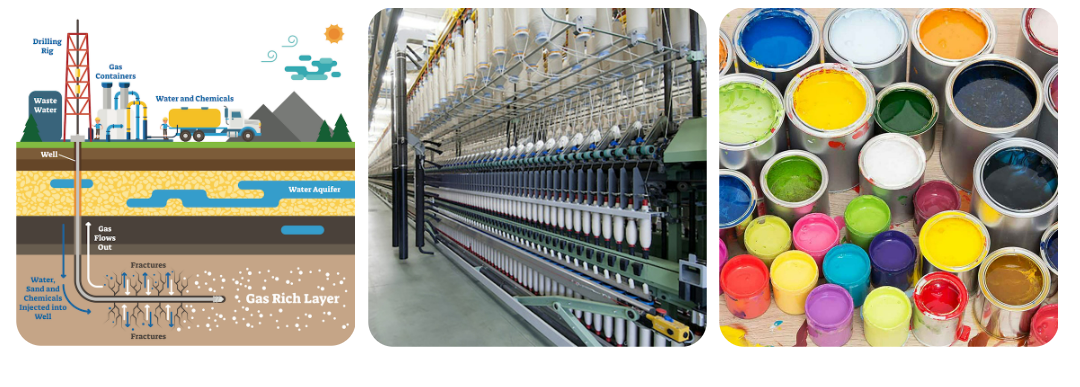
Sep . 19, 2024 04:23 Back to list
hpmc for gypsum plaster
Understanding HPMC for Gypsum Plaster
Hydroxypropyl Methylcellulose (HPMC) is a widely used polymer in the construction industry, particularly when it comes to gypsum plaster applications. This cellulose ethers compound offers numerous benefits that enhance the performance, workability, and overall characteristics of gypsum plaster, making it a vital additive for modern construction practices.
HPMC is a white to off-white powder that is soluble in cold water, forming a transparent and viscous solution. Its unique chemical structure allows it to exhibit properties such as water retention, thickening, and adhesion. These properties are critical when formulating gypsum plaster, which requires specific characteristics to ensure optimal application and durability.
Understanding HPMC for Gypsum Plaster
In addition to water retention, HPMC improves the adhesion properties of gypsum plaster. The bonding strength of plaster plays a crucial role in its performance on various substrates. By adding HPMC, the adhesive properties are enhanced, resulting in a stronger bond between the plaster and the surfaces to which it is applied. This is particularly important for exterior applications or areas exposed to varying weather conditions, where ensuring a robust adhesion is vital for longevity and durability.
hpmc for gypsum plaster

Another significant benefit of HPMC in gypsum plaster is its impact on the flexibility and crack resistance of the final product. Gypsum plaster often faces stress due to temperature changes, structural movement, or settling of the building. The inclusion of HPMC allows for increased flexibility in the mix, which helps to minimize the occurrence of cracks, ensuring a longer-lasting finish. This characteristic is particularly advantageous in regions that experience significant climate fluctuations.
Furthermore, HPMC is non-toxic and environmentally friendly, making it a suitable choice for sustainable construction. Its use in gypsum plaster aligns with the growing trend towards green building materials that minimize environmental impact while maintaining high performance.
In terms of application, HPMC can be easily blended into gypsum plaster formulations without significantly altering the mixing process. The recommended dosage typically ranges from 0.5% to 3% of the total weight of the plaster powder, depending on the specific requirements of a project. Proper mixing is crucial to ensure that the polymer is evenly distributed throughout the mixture, resulting in uniform properties across the batch.
In conclusion, HPMC is an essential additive for gypsum plaster, providing advantages such as improved water retention, enhanced adhesion, increased flexibility, and overall durability. With these benefits, HPMC contributes to the production of high-performance gypsum plasters suitable for diverse construction needs. As the building industry continues to evolve, the incorporation of such advanced materials will play a significant role in enhancing the quality and sustainability of modern construction practices.
-
Versatile Hpmc Uses in Different Industries
NewsJun.19,2025
-
Redispersible Powder's Role in Enhancing Durability of Construction Products
NewsJun.19,2025
-
Hydroxyethyl Cellulose Applications Driving Green Industrial Processes
NewsJun.19,2025
-
Exploring Different Redispersible Polymer Powder
NewsJun.19,2025
-
Choosing the Right Mortar Bonding Agent
NewsJun.19,2025
-
Applications and Significance of China Hpmc in Modern Industries
NewsJun.19,2025







